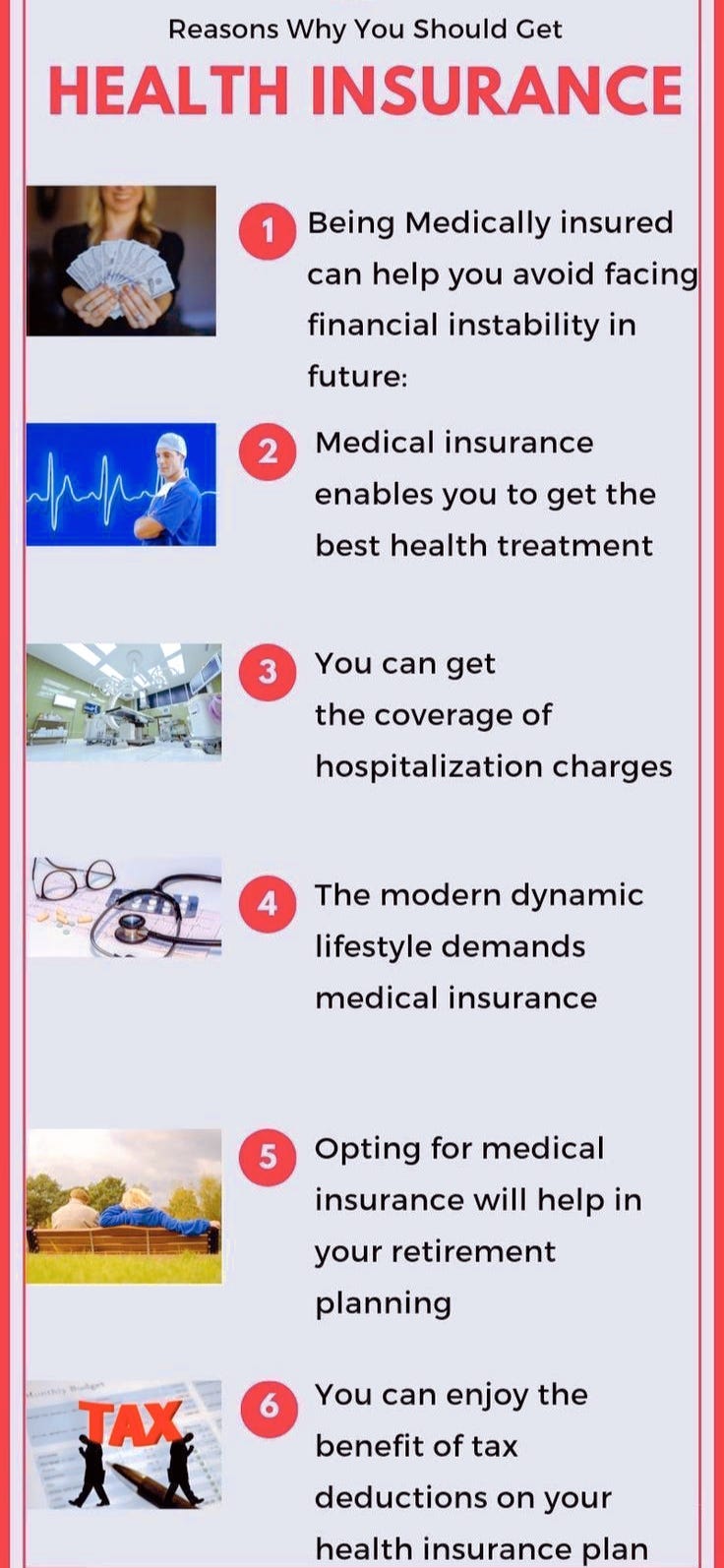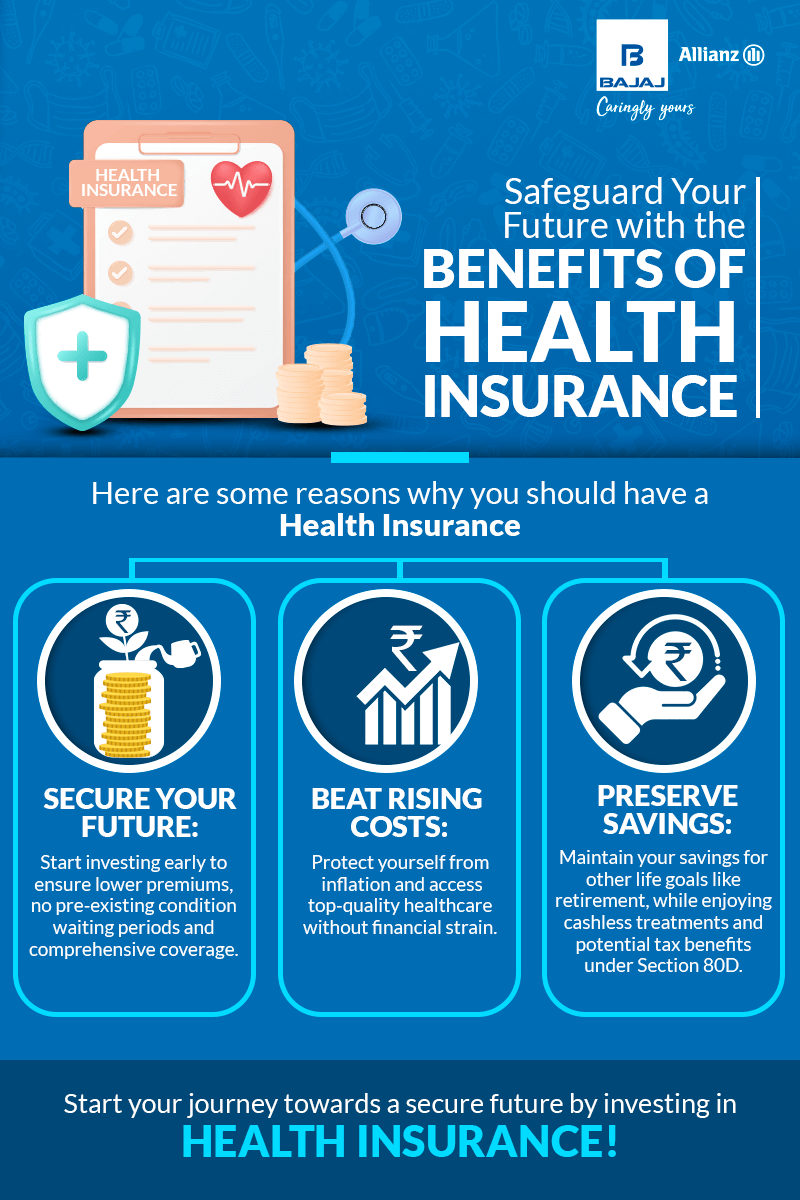Facts About Medicare Advantage Agent Revealed
Facts About Medicare Advantage Agent Revealed
Blog Article
The Single Strategy To Use For Medicare Advantage Agent
Table of ContentsSome Known Details About Medicare Advantage Agent The Ultimate Guide To Medicare Advantage AgentThe 2-Minute Rule for Medicare Advantage Agent

follows from puzzling the fairly young age account of the without insurance with the much better wellness, typically, of younger persons. This covers the web link between health and wellness condition and medical insurance. For those without access to office health insurance coverage, bad health and wellness is a possible barrier to purchasing nongroup protection because such coverage may be highly valued, leave out pre-existing conditions, or be merely unavailable. The variety of without insurance Americans is not especially large and has not transformed in the last few years. Seven out of ten participants in a nationally depictive study believed that less Americans did not have medical insurance than in fact do(Fronstin, 1998). About fifty percent(47 percent )thought that the variety of individuals without medical insurance lowered or continued to be continuous over the latter half of the last years(Blendon et al., 1999). This decrease of practically 2 million in the variety of people 'without insurance coverage (a decrease
of around 4 percent)is certainly a positive adjustment. With a softer economic climate in 2000 the most up to date reported gains in insurance protection may not proceed(Fronstin, 2001 ). The decrease in the number of without insurance will certainly not proceed if the economic climate remains slow and healthcare expenses remain to exceed rising cost of living. This is since the information were collected for a period of strong financial performance. Of the estimated 42 million individuals who were without insurance, just about concerning 420,000(concerning 1 percent)were under 65 years old, the age at which most Americans come to be eligible for Medicare; 32 million were grownups between ages 18 and 65, about 19 percent of all grownups in this age; and 10 million were kids under 18 years old, concerning 13.9 percent of all children (Mills, 2000). These estimates of the number of persons without insurance are created from the annual March Supplement to the Current Populace Survey (CPS), performed by the Demographics Bureau. Unless or else kept in mind, nationwide estimates of people without wellness insurance and proportions of the populace with various kinds of insurance coverage are based upon the CPS, the most extensively made use of resource of quotes of insurance coverage and uninsurance prices. These surveys and the price quotes they generate are described briefly in Table B. 1 in Appendix B - Medicare Advantage Agent. These studies differ in size and tasting methods, the questions that are inquired about insurance
Medicare Advantage Agent Can Be Fun For Anyone
insurance coverage, and the time period over which insurance policy protection or uninsurance is gauged(Lewis et al., 1998, Fronstin, 2000a ). Still, the CPS is particularly useful because it creates yearly quotes fairly quickly, reporting the previous year's insurance coverage estimates each September, and due to the fact that it is the basis for a consistent collection of price quotes for more than 20 years, permitting analysis of fads in insurance coverage gradually.

Getting The Medicare Advantage Agent To Work
Over a three-year period beginning early in 1993, 72 million people, 29 percent of the U.S. population, lacked coverage for at the very least one month. Within a solitary year(1994), 53 million people experienced a minimum of a month without coverage(Bennefield, 1998a). 6 out of every 10 without insurance grownups are themselves employed. Although working does enhance the probability that and one's member of the family will have insurance coverage, it is not here are the findings a warranty. Even members of families with 2 additional info full time breadwinner have nearly a one-in-ten possibility of being uninsured (9.1 percent without insurance rate)(Hoffman and Pohl, 2000 ). The connection between health insurance coverage and accessibility to care is well established, as recorded later in this phase. Although the partnership in between wellness insurance coverage and health and wellness end results is neither direct neither basic, a considerable professional and health and wellness services study literary works web links health and wellness insurance policy coverage
to enhanced access to care, much better top quality, and boosted personal and populace health and wellness status. The 2nd record, on personal health results for without insurance grownups, is represented by the innermost circle of the figure, while the third report, on family well-being, includes the topics of the 2nd report however highlights a various device of analysis, particularly, the family. The sixth report in the collection will present info concerning strategies and campaigns taken on in your area, statewide, or nationally to attend to the lack of insurance and its adverse influences. Levels of evaluation for analyzing the results of uninsurance. This conversation of health and wellness insurance policy coverage concentrates mostly on the united state populace under age 65 since basically all Americans 65 and older have Medicare or various other public coverage.
Moreover, it concentrates specifically on those with no wellness insurance policy for any size of time. The issues encountered by the underinsured remain in some respects similar to those faced by the uninsured, although they are generally much less severe. Uninsurance and underinsurance, nonetheless, include definitely various policy concerns, and the methods for resolving them may differ. Throughout this study and the 5 reports to comply with, the main emphasis gets on individuals with no medical insurance and therefore no help in spending for wellness care beyond what is available via charity and safeguard institutions. Health insurance policy is an effective factor influencing invoice of care due to the fact that both people and medical professionals respond to the out-of-pocket cost of services. Health insurance policy, however, is neither necessary neither adequate to get access to clinical solutions. However, the independent and straight impact of health
insurance policy protection on accessibility to wellness services is well established. Others will acquire the healthcare they require even without wellness insurance policy, by spending for it out of pocket or seeking it from suppliers that provide care cost-free or at extremely subsidized prices. For still others, health insurance alone does not make certain receipt of care as a result of other nonfinancial you can look here barriers, such as a lack of wellness treatment providers in their area, restricted accessibility to transportation, illiteracy, or linguistic and social distinctions. Formal research study regarding uninsured populaces in the United States dates to the late 1920s and very early 1930s when the Committee on the Expense of Treatment generated a collection of records about financing medical professional office visits and hospital stays. This problem ended up being prominent as the numbers of medically indigent climbed up throughout the Great Clinical depression. Empirical research studies constantly support the link in between access to care and improved health and wellness end results(Bindman et al., 1995; Starfield, 1995 ). Having a routine source of treatment can be thought about a predictor of access, instead of a straight action of it, when health results are themselves utilized as access indications. This extension of the concept of access measurement was made by the IOM Board on Keeping An Eye On Gain Access To to Personal Wellness Care Services(Millman, 1993, p. Whether moms and dads are insured appears to influence whether their kids obtain treatment along with just how much careeven if the kids themselves have protection(Hanson, 1998). The health and wellness of parents can impact their ability to take care of their kids and the degree of family members stress and anxiety. Worrying regarding their youngsters's access to care is itself a source of stress and anxiety for moms and dads. Three chapters follow in this report. Chapter 2 offers a summary of exactly how employment-based health insurance coverage, public programs and private insurance plan operate and interact to provide comprehensive but insufficient coverage of the united state population. This includes a review of historic fads and public laws influencing both public and personal insurance coverage, a conversation of the communications among the different types of insurance, and an assessment of why individuals relocate from one program to an additional or end up

Report this page